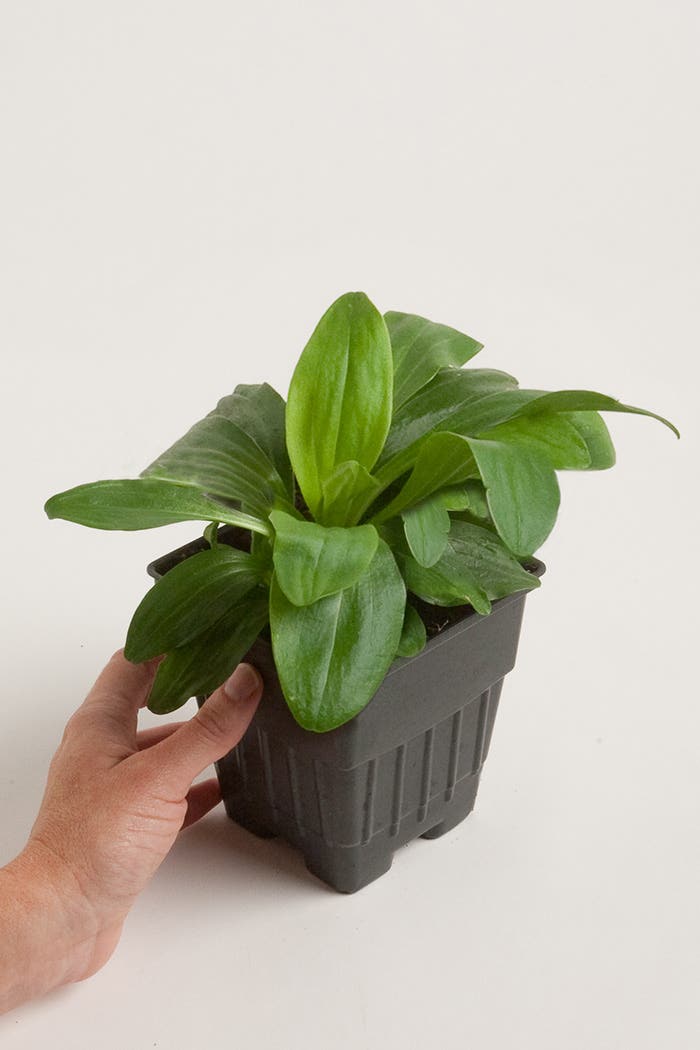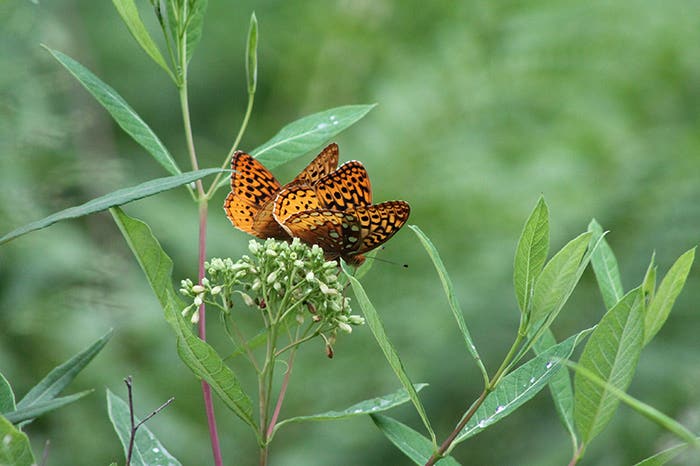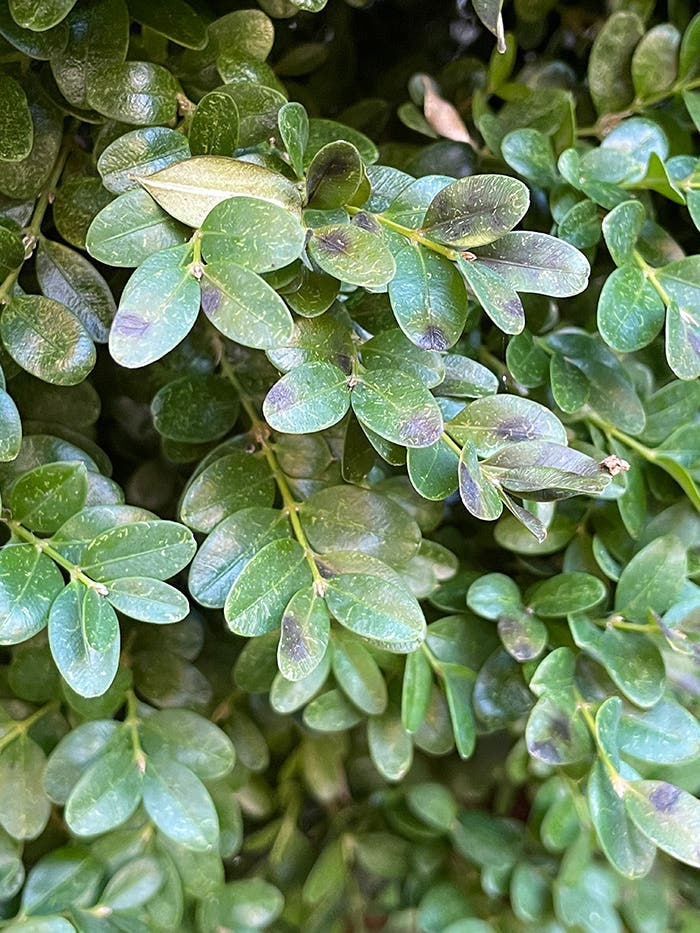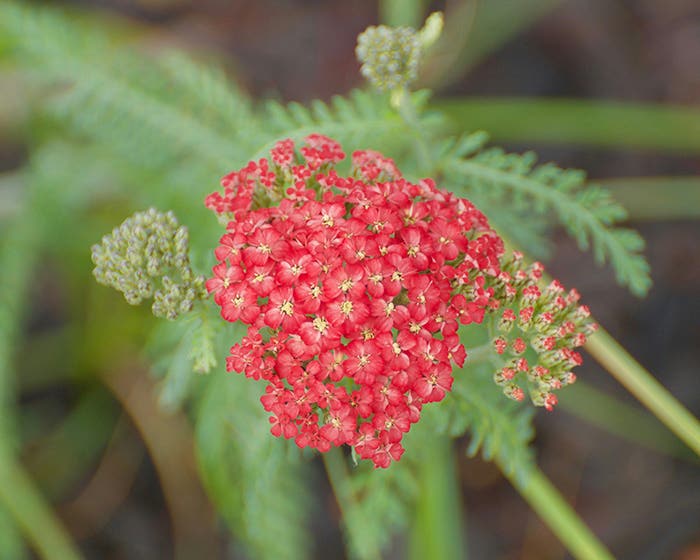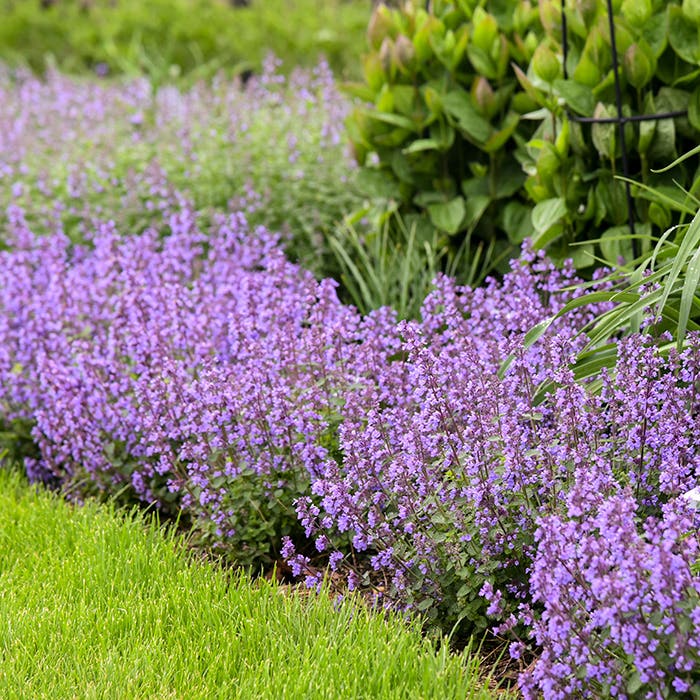Bromeliads and Mosquitoes Need Not Go Hand in Hand
When tank-type bromeliads are grown outdoors, whether as year-round garden plants in frost-free areas like southern Florida, or as summer container specimens in colder regions, they can become a breeding…
When tank-type bromeliads are grown outdoors, whether as year-round garden plants in frost-free areas like southern Florida, or as summer container specimens in colder regions, they can become a breeding site for mosquitoes. You need not get rid of them, though: Here are tips for dealing with mosquitoes in and around bromeliads.
Tank-type bromeliads are those that form a reservoir where their leaves meet. This fills up with water, and the plant draws nutrients and moisture from it rather than from the soil via its roots. (Its roots are used just for stability.) Tank bromeliads can become breeding grounds for mosquitoes, just as any source of standing water can. This problem received renewed interest over the summer of 2016, with fears of the Zika virus.
Tank bromeliads do not need to be removed from gardens as part of mosquito control. Instead, you can safely manage the problem:
Flush the tanks several times a week during warm weather. Simply spray them with fresh water so that the old water washes away and the reservoir is renewed. This disrupts the breeding cycle of the mosquito.
Treat the bromeliad’s tank with Bti, a bacterium that will kill mosquito larvae without harming the plant or other wildlife. (One brand is Mosquito Dunks.) Place a few granules in the tank every four to six weeks.
Place several drops of cooking oil in the bromeliad’s tank every few weeks to smother larvae.
Image: Neoregalia by Ramon F Velasquez - Own work, CC BY-SA 3.0


